The majority of Nama people live in the Karasburg / !Karas and Hardap regions of Namibia, referring to it as the ‘suide’ (south).
You will find the regions on your way to the Canyon Roadhouse, Canyon Village and Canyon Lodge.
Their ancestors lived as nomads, hunter-gatherers and pastoral herders breeding cattle, goats and sheep. Some of the different Nama clans include; Red nation, Bondelswarts, Southern Topnaars, Northern Topnaars, Fransman Nama, Veldschoendragers, Groot Doden, Swartbooi Nama and Keetmanshoop Nama.
The linguistic roots are closely related to the San people, speaking with distinctive click sounds. In addition, they are naturally talented in dance and music.
The Nama Stap (Nama Step) is known as Nama and Riel dancing. This dance is an important symbol to the Nama identity and is performed during social gatherings. I remember the times my neighbours were dancing the Nama Stap as part of a wedding celebration.
Occasionally there was a live band, which definitely added to the celebration atmosphere. My brothers, friends and I eagerly joined in, trying to mimic the unique movements precisely. As we all agreed it was better to be part of the fun then standing on the side-line.
Rights to "My gap year and other animals" blog post. The dance involves forward and backward movements through space, whilst feet maintain a close proximity.
The feet then move away from a central axis, rather than lifting from the floor, and sliding movement should be maintained to the floor. The legs should never be stretched beyond neutral to ensure only small steps are taken when dancing with someone and the distance moved about.
One’s chest should be upright and maintained by a light springy movement in the pelvis. The chest would then respond to the movements of other body parts. In a counter balance motion the chest then turns on and off its central axis.
The arms follow in a passive manner and develop a swing in response to the chest. People would slide step past each other and step in one place as they dance.
Namibian Nama Dancers – Rights to Northern Cape Tourism
It is a very inclusive and fun dance.
If you have danced or like this dance, we invite you to share your information in the comment section below.
Author – I’m Nela, from Windhoek Namibia but born in a small village called Omatunda in northern Namibia. I am passionate about writing, research and photography, as it helps me gain knowledge about people and my country.

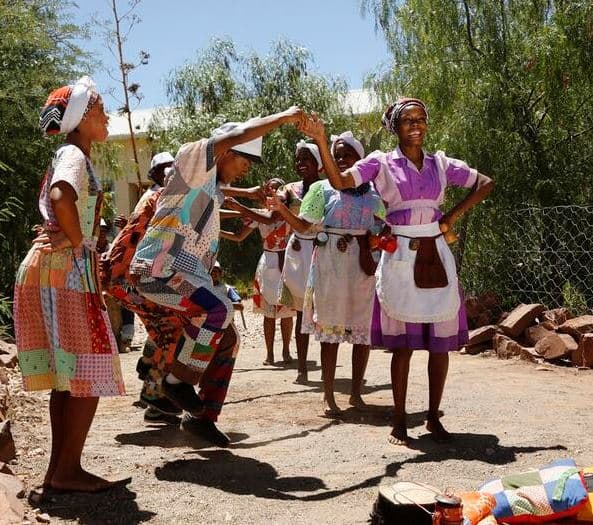
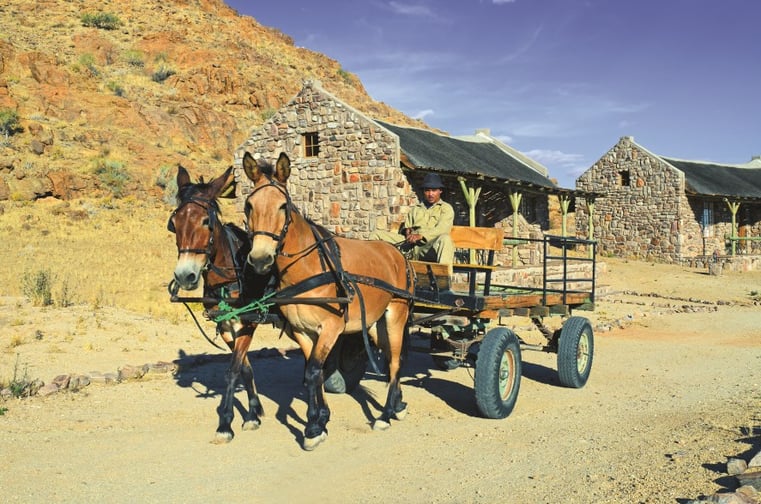
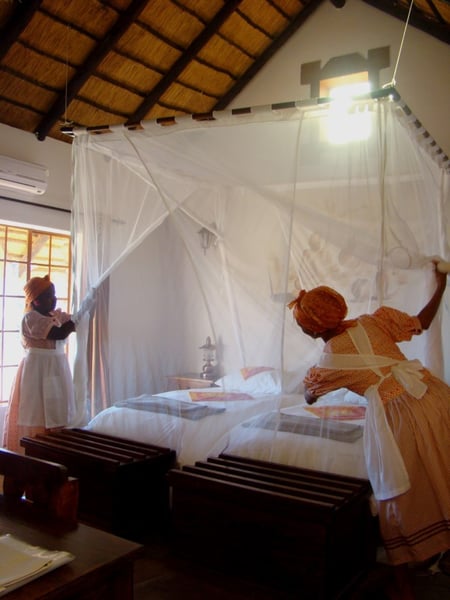

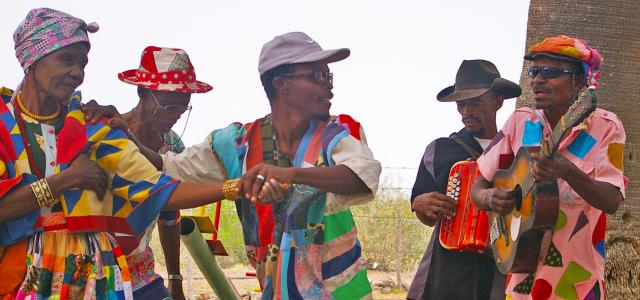
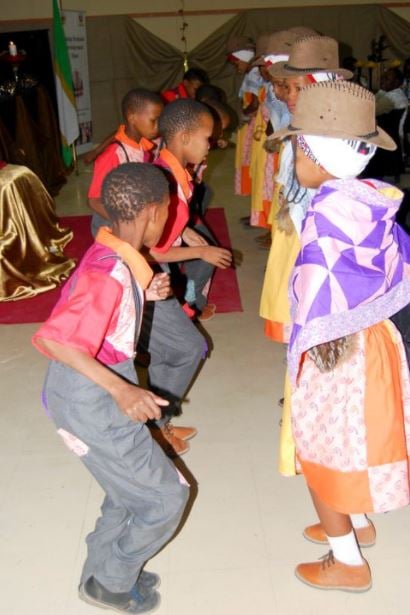
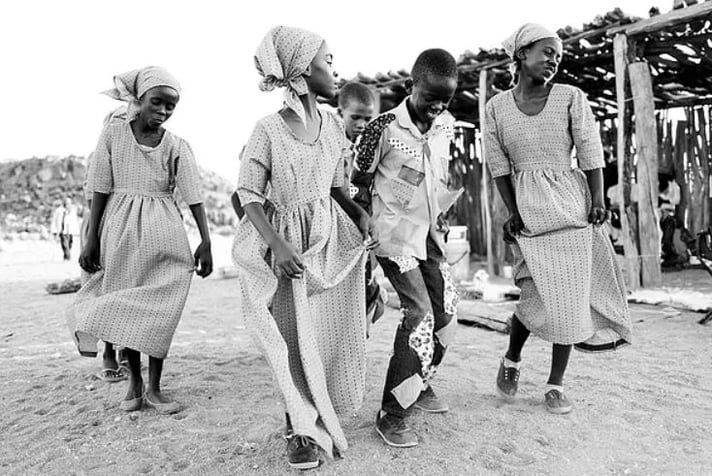
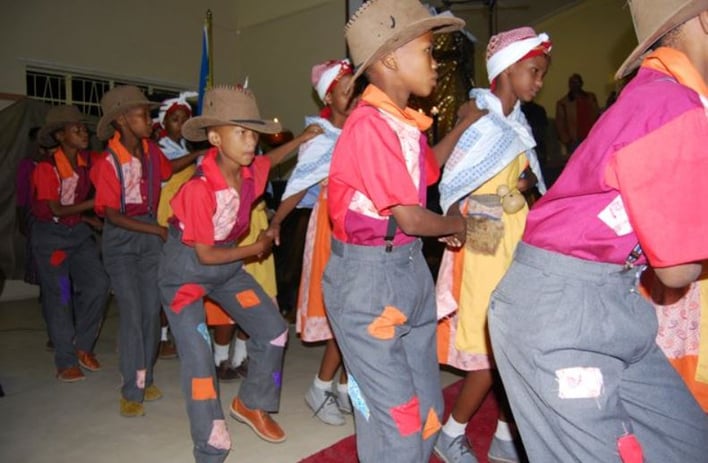


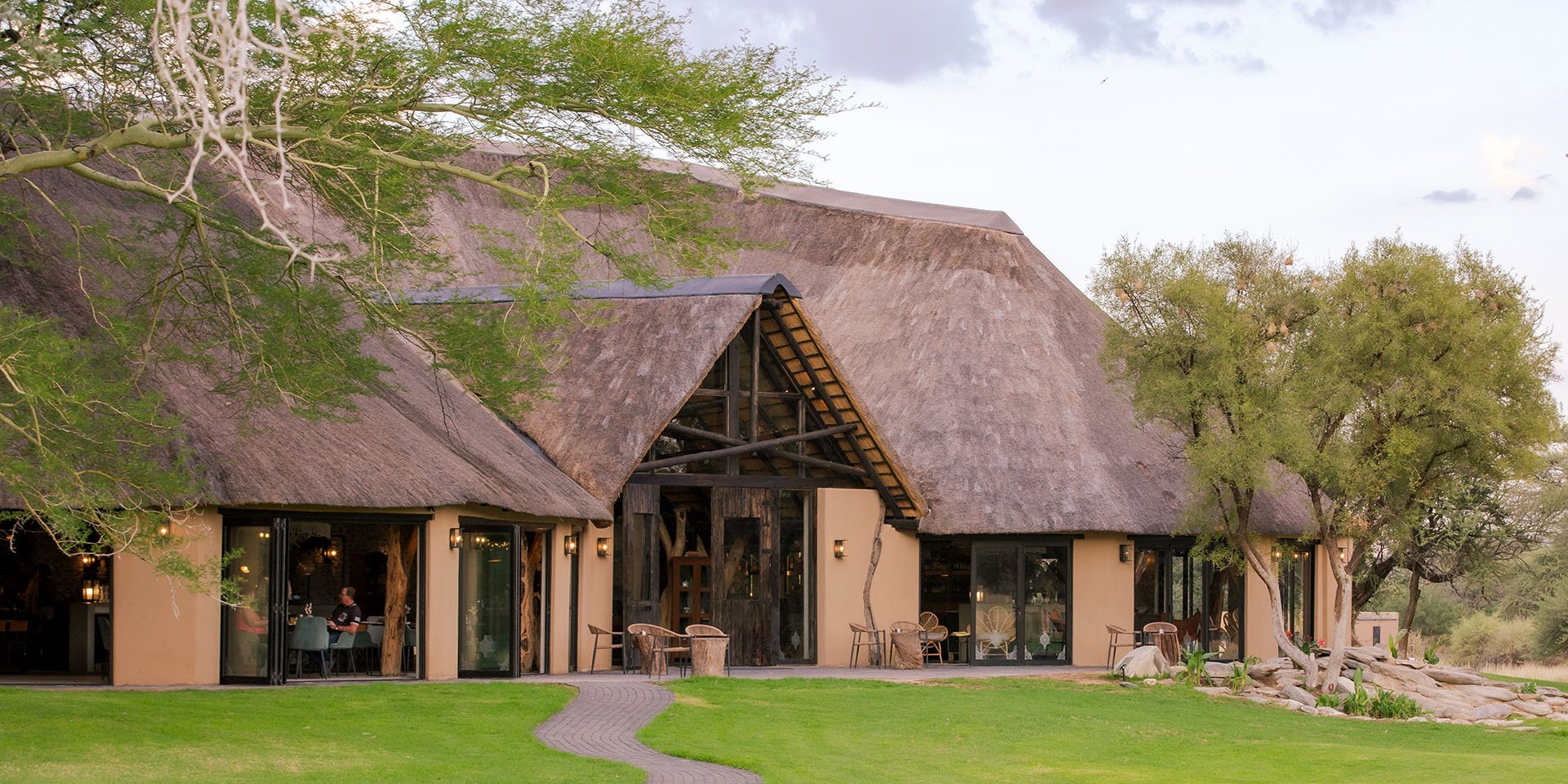
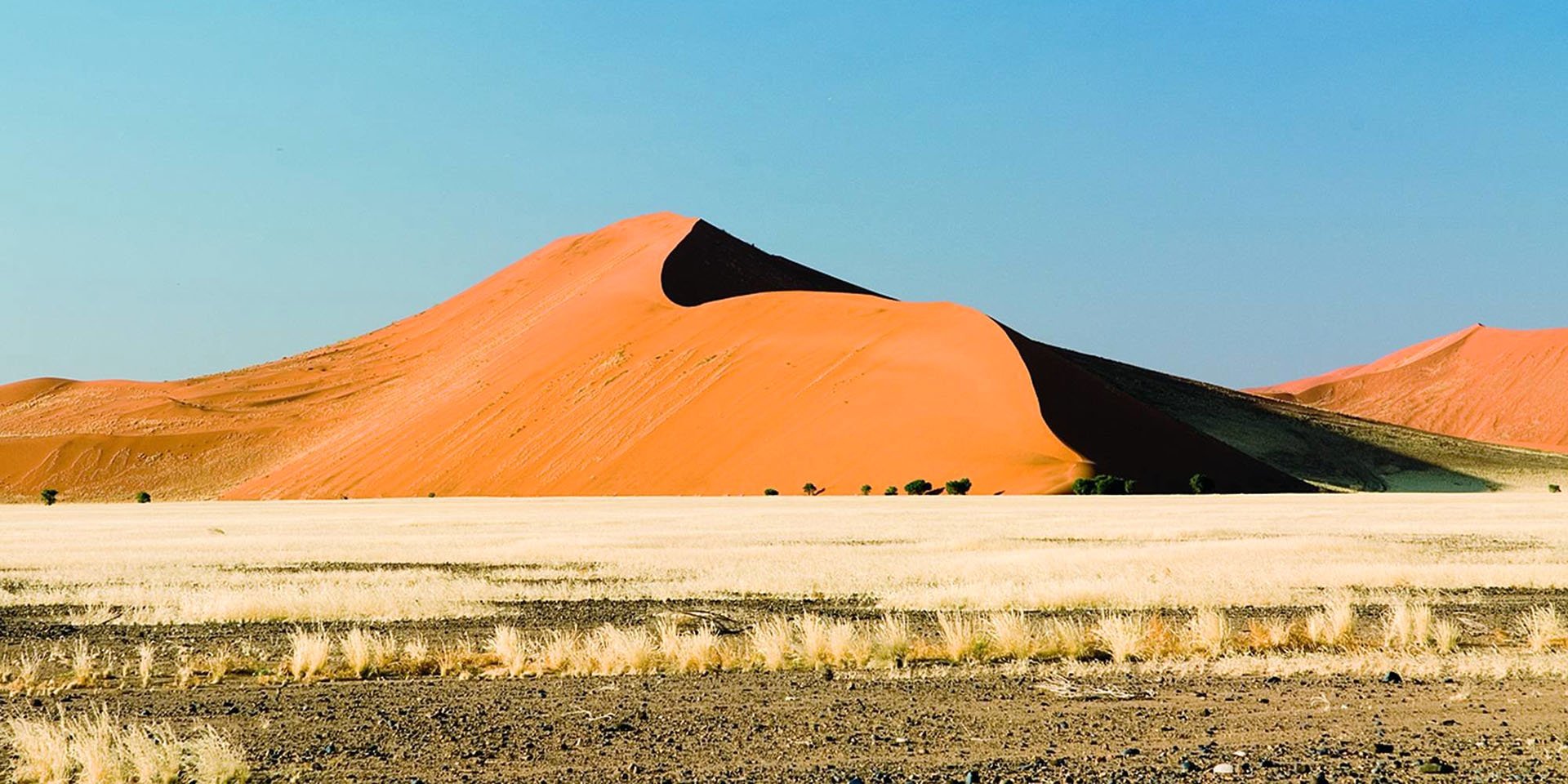

SUBMIT YOUR COMMENT